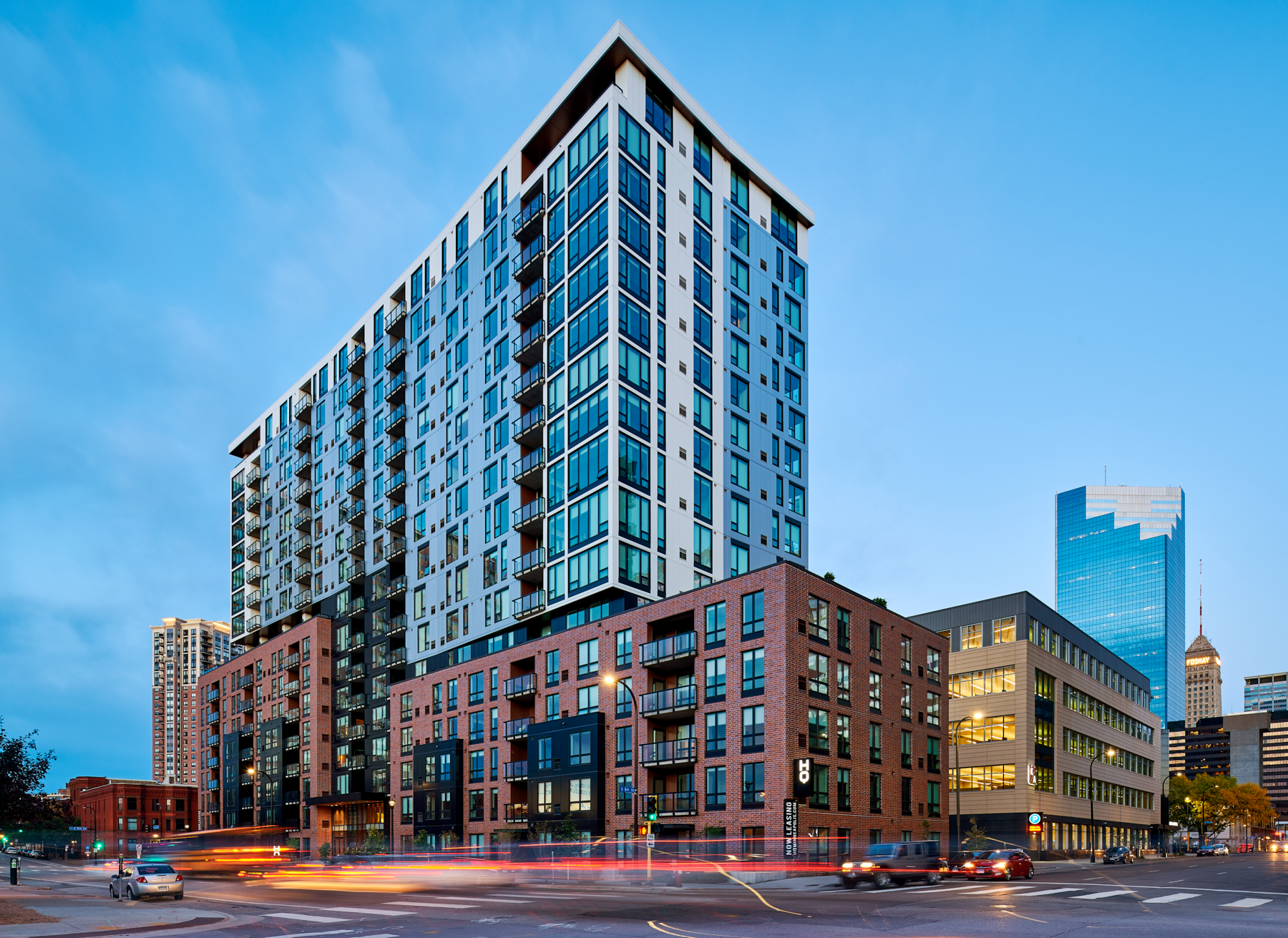Fiberglass Fenestration in Commercial Buildings

Course Description:
Whether designing sustainable commercial or institutional building types, architects carefully consider the qualities and long-term advantages of fenestration materials. Windows and doors provide essential protection and architectural character to a building, and must also respond to owner-driven requirements like aesthetics, cost, performance, maintenance, and life cycle.
Fiberglass composite is suitable for windows and doors in any climate or building type. More durable than aluminum or vinyl, with the thermal efficiency of wood, fiberglass composite windows are an economically competitive alternative to aluminum and vinyl windows. The multiple advantages and benefits of fiberglass composite make it a versatile fenestration choice because of its strength, durability, low maintenance, energy efficiency, and sustainable qualities, as well as its resistance to corrosion, dents, and scratches.
Learning Objectives:
• List the evaluation design criteria used by architects and owners when researching, designing, and specifying windows and doors for sustainable buildings.
• Describe how the strength, durability, energy efficient, and sustainable qualities of fiberglass composite make it a suitable material choice for windows and doors.
• Compare the environmental attributes of fiberglass composite with aluminum and vinyl windows.
• Design appropriate window installation details for new construction projects that meet human safety and welfare requirements while contributing to an energy efficient building envelope.
Photo: © VONDELINDE
Delivery: Live
Internal Course Code: P1323
Duration: 1h
HSW Compatible: Yes
Point of Contact Name: Pella Architectural Solutions
Point of Contact Email: ArchitecturalSolutions@Pella.com